What architecture for the Metropolis of the 21st century?
In Paris, where there is a museum for everything, architecture has found one in the Cité de l’Architecture, Palais de Chaillot, Trocadéro, alongside the Musée de l’Homme. An excellent location, right in front of the Tour Eiffel, powerful icon, beacon of Modernism. Impeccable exhibition design, especially as far as the impressive ”Galerie des Moulages”, the gallery of architecture casts, in its time ideated by Viollet-le-Duc, is concerned. But it is clear that the only architecture taken into consideration here is the French. Very little attention is dedicated, in the permanent collections, to foreign architects in general, and to Italian ones in particular. This is not only true for modern and contemporary authors but even for the saints in paradise as Brunelleschi, Alberti, Serlio, Bramante, Palladio, and the list could go on. Neither is there any trace of Bernini, who cut a bad figure when we was here exactly 344 years ago. Even if, if we consider the matter carefully, French architecture should really be grateful to him because it was precisely thanks to his failure with the Louvre that it began to free itself from the fastidious supremacy of the ”Ritals”, the Italians. Who, poor souls, even if undeniably talented in the arts and in architecture, have a long way to go when it comes to self-esteem. Just the thought of a similar institution in our country gives one a headache. Where should a hypothetical Museum of Italian Architecture be built? At the Eur, alongside the Museum of the Roman Civilization? Or in Florence, alongside the Uffizi and the Bargello? Or in Venice, next to the Biennial? Or in Milan, by the Triennale? In an old building, or in a modern one? How should the design be chosen: with an open competition or by invitation? Who should direct it: an academician, a designer, a critical or a historian? And then, considering the current fashions, the Italian acronym of “Museum of Italian Architecture”, becomes “MAI“ or in other words never; and so, si nomina sunt consequentia rerum, we had better forget about it.
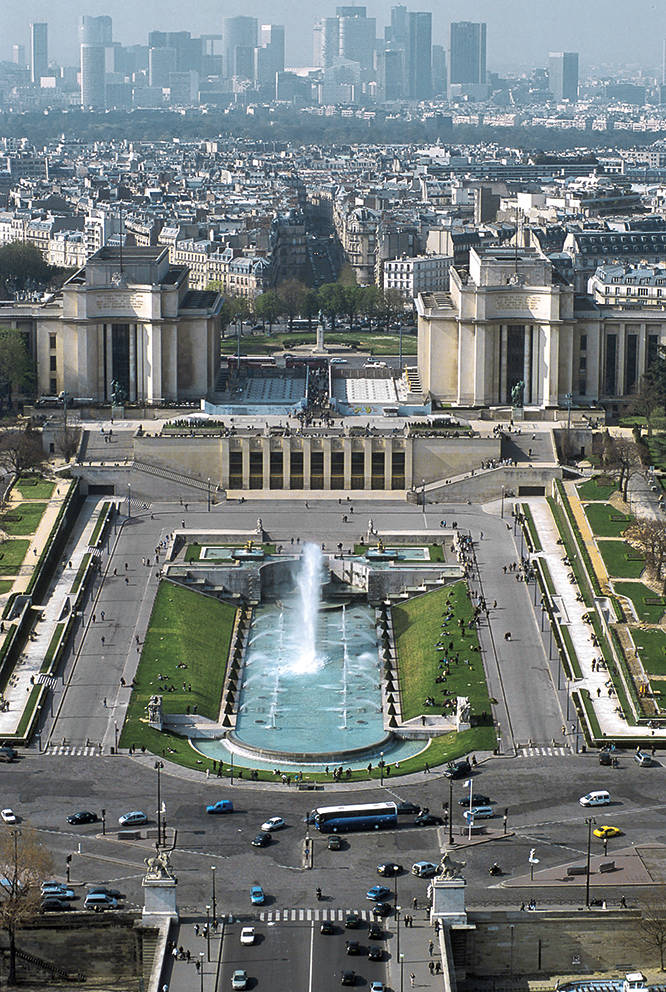
Perhaps we should abandon this digression and return to our visit at the “Cité de l’Archi”; we now realize that the French are not as chauvinist as we believe, at least not at home. The absence of Architecture Parlante (Speaking Architecture) is glaring. Whatever happened, for instance, to Boullée and Ledoux? Not to mention the great theoreticians as Boffrand, Laugier, Patte, Blondel, Durand, etc., true glories of French architecture. Apart from the maquette of a theatre, by way of parenthesis spectacular and well preserved (conceived by an unknown Claude-Théophile Muly, following the fire of the Opéra du Palais Royale in 1781), the architecture of Enlightenment is not represented. A very different attention is dedicated to Romanic, Gothic and Modernist architecture, each of which vaunts large sections and are well documented with casts, models, drawings and multimedia installations. It thus becomes clear that the problem is not so much nationalism, but Classicism. Which is the true outcast, the unwanted visitor, the stone guest in the literary sense of the term. And this becomes even more paradoxical when one observes the self-same Palais de Chaillot, which, built in 1937 by Jaques Carlu, features a solid classicist plan, first cousin of many contemporary works of Piacentini and companions. But Paris is the city of fashion, and just as a new pope is appointed as soon as another dies in Rome, a new fashion is invented as soon as another dies here. And now the fashion is everything but Classicism. Simon Texler therefore hits the mark in the passage of his acute anamnestic of modern Parisian architecture (Paris, Grammaire de l’Architecture, XXe – XXIe Siècles, 2007) where he remembers that Aldo Rossi, with his project at Villette, Avenue Jean-Jaurès, first and foremost wanted to render homage to the “incomparable complexity” of Paris as opposed to the “would-be avant-garde buildings which have no bonds with its physical reality”. Texler closes the chapter with the laconic question mark of a rhetoric question:”A-t-il été entendu?” Has he been understood? But the laws of fashion are cast in stone, above all the one according to which fashion is based on a kind of ontological tautology, i.e. on fashion itself, on the fashion of fashion. And it is perhaps precisely in this anxiety for a cyclic change of wardrobe, this forced repetition of novelty for the sake of novelty, that the structural weakness of a certain modern and contemporary French architecture lies. Even if we grant for the sake of argument that it is still possible to speak of an architecture that is recognizable as “French” rather than “Italian”, “Spanish”, “German”, “English”, etc. Yet there was indeed a time when Paris vaunted a very characteristic architecture, providing specific, precise models which have been exported and copied all over the world, namely the period from Bernini’s journey to the construction of the Grands Boulevards.
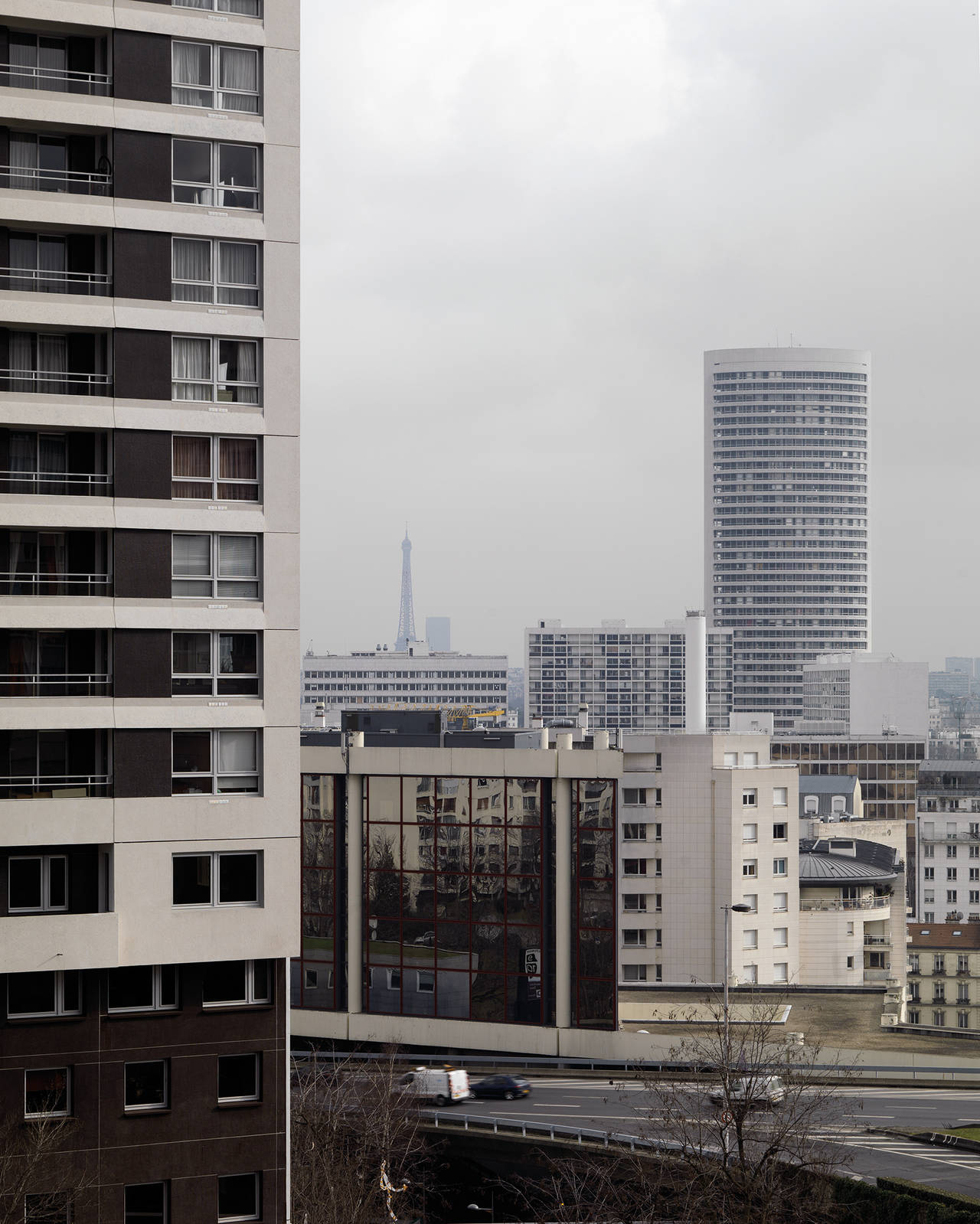
In other words, precisely the two centuries of great architecture which are today banished from the Palais de Chaillot. And this cannot but appear curious, because it would be somewhat as if Renaissance and Baroque were not admitted to the very hypothetical Museum of Italian Architecture. And precisely on the subject of Baroque, the remake “where it was and as it was” of the grandiose gate, the Grille Royale, in the Castle of Versailles, is quite surprising to us Italian architects. Built on the design of Jules Hardouin Mansart around 1680 to separate the Cour d’Honneur from the Cour Royale, it was completely destroyed during the revolution. The econstruction project is thus based on drawings, etchings and paintings from the period, and costly and sophisticated works lasting more than two years, with the use of pre-industrial methods and materials such as wrought iron, cutting stone and gold leaf has resulted in the reconstruction of the structure in its original position. What appears so surprising is that in a country so obsessed with modernity this realization has been completed, apparently without causing any stir. We may imagine how a similar project in Italy, in an analogous monumental setting, would on the contrary have triggered ferocious diatribes. We have therefore asked Maurizio Galletti, architect and restorer, Supervisor of Monuments and Landscape at the Ministry for Cultural Heritages and Activities, to give a critical interpretation which reflects the Italian approach to the subject. But it would be overly simplistic to see the scenario of Parisian architecture only from the angle of language and its fashions. As observed by Renzo Piano and Jean Nouvel, authors of the buildings which have been most influential to the image of the contemporary city, Paris is above all a city-laboratory, a complex reality based on a real multiculturalism which enables it to accommodate and assimilate everything and its opposite. This is why we love it and still recognize it as the true capital of Europe. A problematic capital, to be sure, but all the same a capital capable of giving form and expression to the ideas, the doubts and the hopes which represent the common substratum of the best European culture. After all, even the weaknesses and contradictions which we may observe in the contemporary architectural production of Paris are the same as the rest of Europe. This will become even more evident with the publication of the results of the international consultation on the planning for Greater Paris, and this regardless of the quality of the contributions, their efficiency, their greater or lesser correspondence with reality. The very theme, the problem of transforming the “Capital of the 19th Century” into the great metropolis of the second millennium, bears witness to the importance of tackling some contradictions which do not only concern France but numerous European countries. “To envisage Greater Paris means to reflect on the nature of the great city, on the quality of its landscape, on the modulation of its urban fabric, on the relations between its centralities”.
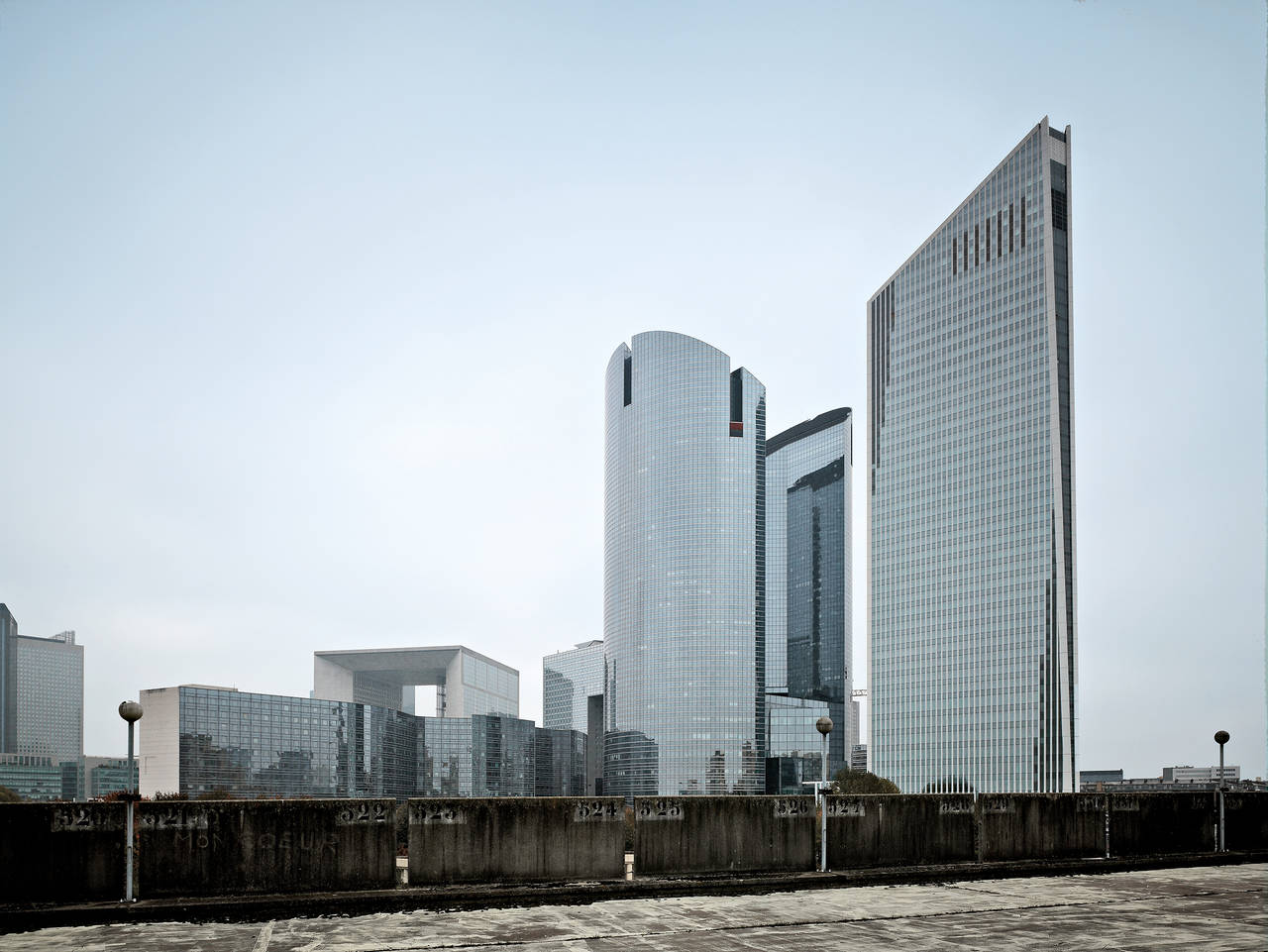
In his recent treatise on the metropolitan future of the capital (Paris Métropole, formes et échelles du Grand Paris, 2008), from which the above passage is taken, Philippe Panerai, one of France’s greatest scholars specialized in the city, not only provides an attentive analysis of the social, economic and political problems underlying the theme, but also suggests some interesting methodological prospects for the planning of the great contemporary urban agglomerations. In his reedy essay written for Area, Philippe Panerai goes on to describe the particular historical evolution of this theme. And while he is, on the one hand, heartened by the fact that “the problem of the metropolitan identity and the planning of the territory of the agglomeration is today clearly posed and debated”, he is on the other hand aware that “the wager for Greater Paris is still far from being won”. In fact, the most perplexing aspect of the consultation for Greater Paris, and something which appears as a fundamental contradiction, is the very idea of wanting to overcome the radiocentric arrangement of the city as conceived by Hausmann, by resorting to a town plan, an instrument that is essentially Nineteenth-century even if it vaunts the official blessings of a modern schéma directeur, prepared in a few months by a number of teams of architects, town planners and experts of various kinds. No matter how exhaustive and sophisticated the analyses or the syntheses may be, such a complex issue, on such a scale, cannot conceivably be tackled on the basis of a formal redefinition. In fact, the feasibility of his kind of instruments depends on a kind of urban and territorial government that could only exist at the time of Napoleon III and the Prefect of the Seine. In our time, when representative democracy is, precisely in issues of territorial government, stalemated by the increasingly pressing demand for direct democracy, it is very doubtful whether these plans may serve a purpose. Obviously provided that the Bonapartist drift that worry quite a few observers in different countries of Europe is not really gaining territory.

Come to that, the most attentive critics, including Panerai himself, prioritize the problem of the democratic governability of such a vast plan for territorial rearrangement, especially in relation to the scale and the physical and geographic limits within which this governability can be effective. A particularly interesting concept in this regard is that of a “hierarchically organized polycentrism” which Philippe Panerai develops in his study, and which aims to identify a new concept of the relationship between centre and periphery that is no longer conflict-ridden but harmonious, complementary, based on a network of complex relations, in which public transport systems play a fundamental role. In actual fact some recent studies on urbanism bear witness to a kind of criminalization of the “museification of the centre”, almost as if this were the root to all the evils of the banlieues. And also this attitude of inverted snobbism, assumed by the banlieue which looks down upon the centre, or wants to emancipate itself from it, has inspired a certain extremist rhetoric which has contributed to aggravate, rather than compose, the conflicts.
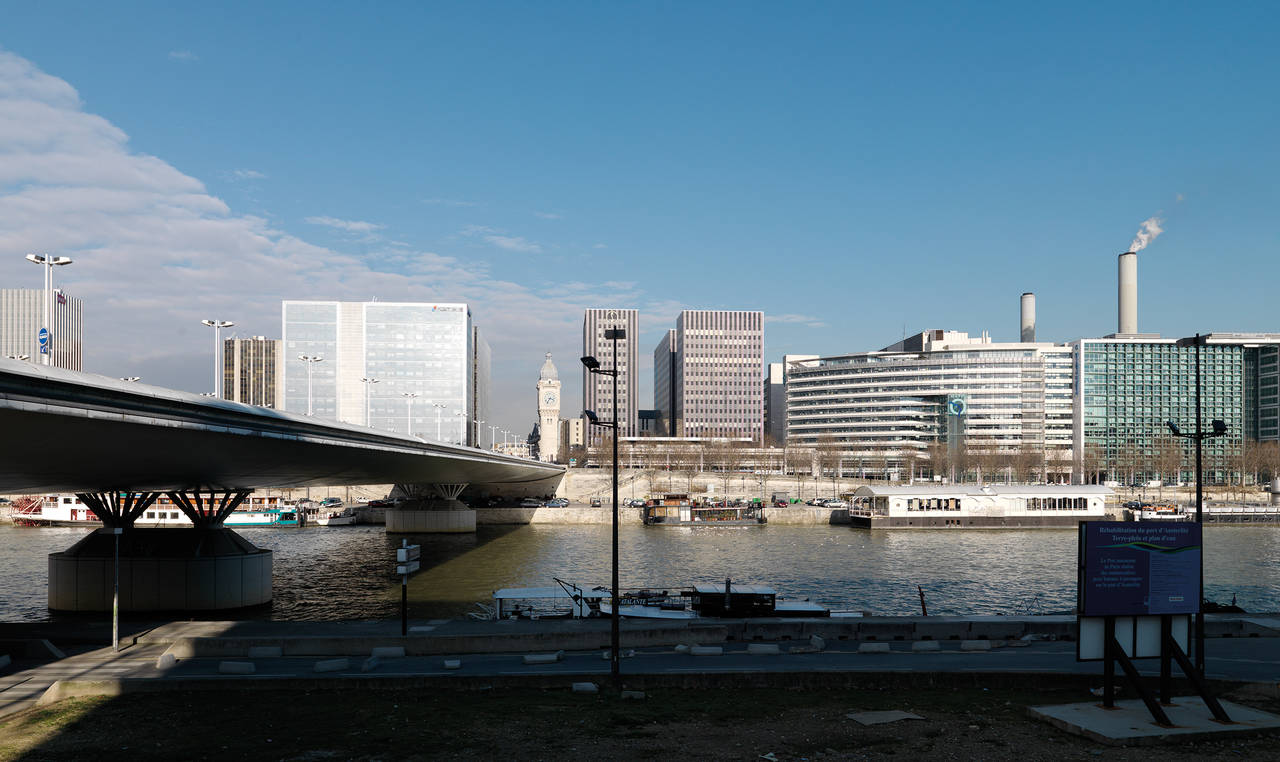
From our point of view, which is the – certainly limited – one of the foreign observer, the casual visitor, this attitude however appears as masochistic, also and above all in light with the competition with London. In fact, regardless of how sparkling and dynamic its cultural life may be, even though it still has very beautiful neighbourhoods and monuments, present-day London is a disappointment precisely due to its fragmented centre, rendered incoherent by the destruction of the war and, even more so, by the following reconstructions. If we will always prefer Paris, it is not so much because of the greater or lesser beauty of its architecture, whether they are Gothic, classic, modern or postmodern, nor to the greater or lesser treasures of its museums.
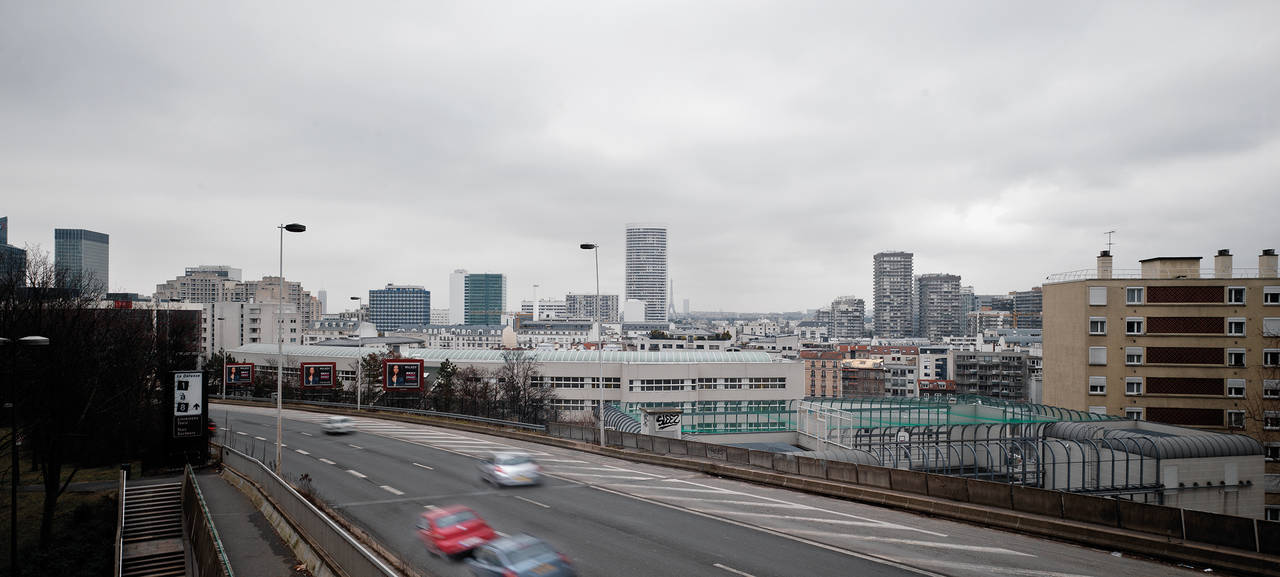
It is because of the logical clarity of its urban form, the coherent manner in which the historical city has been organized over the centuries, even if it has taken place through many and radical transformations. And this clarity and coherence are manifest and appreciable precisely in the core of Paris. This is why we are convinced that, regardless of what decisions will be taken for its metropolitan future, regardless of whether many or few towers, of any height or style, will be built, Paris will prove capable of reinventing itself precisely on that basis, on that logic and on that clarity which represent the essence and the extraordinary beauty of its forma urbis.

Stefano Fera, architect, has carried out several research projects on the history of the city and the relationships between the theories of architecture and of art, in Italy and France, between the 17th and 20th century. He has taught at a number of Italian and foreign universities and collaborates on a regular basis with daily papers with nationwide distribution and architecture magazines, writing critical essays on architecture and urbanism. He combines his research activities with his professional practice which principally focuses on architectural planning and urban renovation, with projects in Italy, in a number of European countries and in the United States. He is member of the Scientific Committee of the Renzo Piano Foundation.





